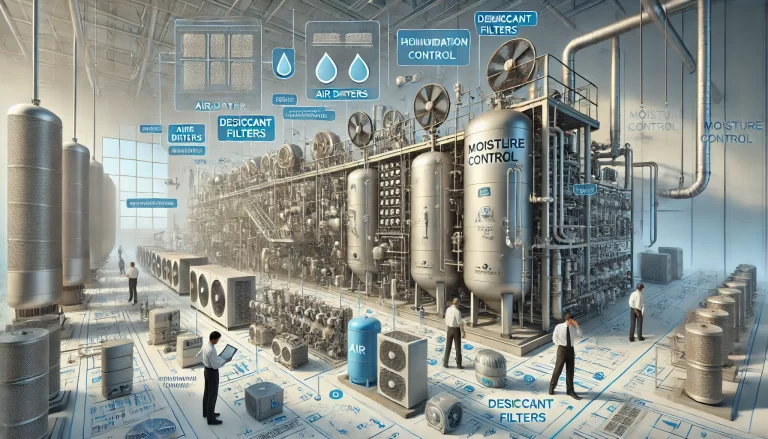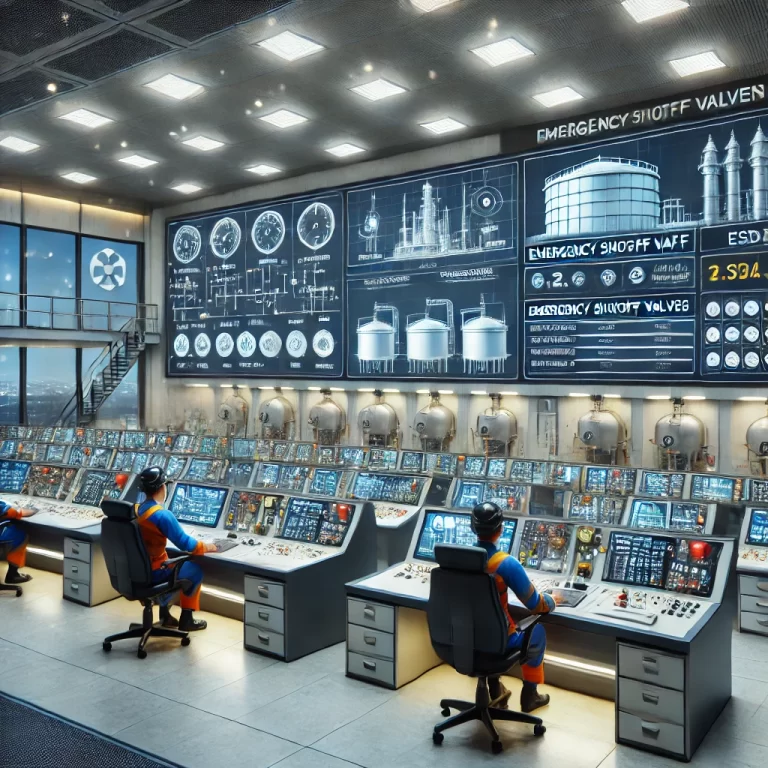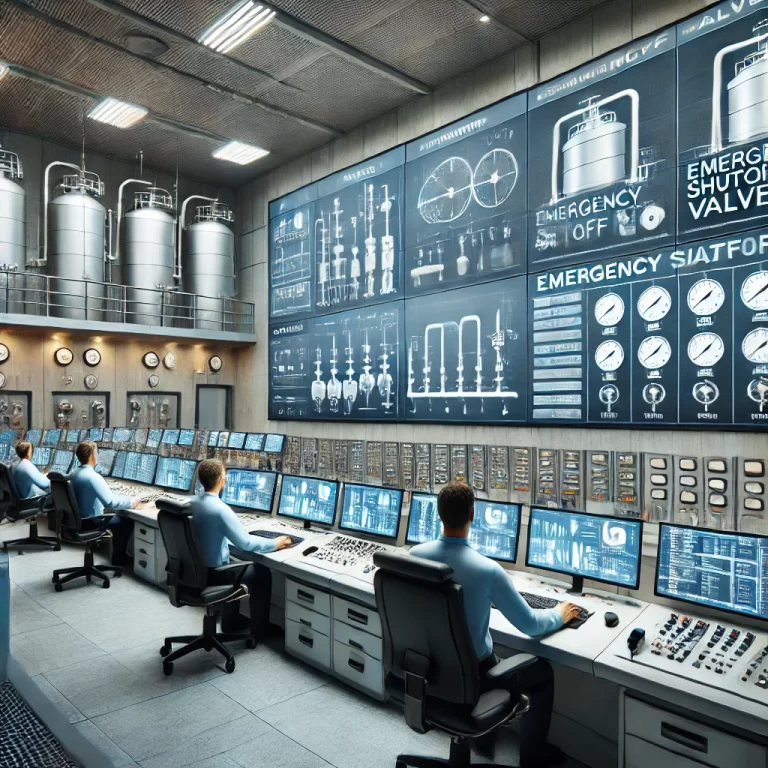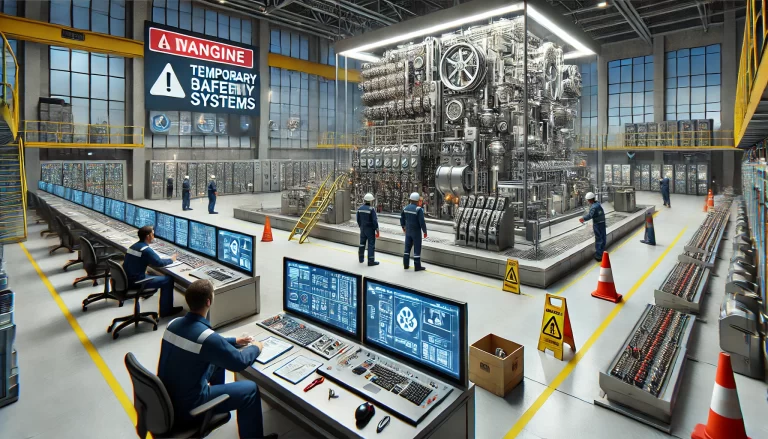Instrumentation technical agreements are critical documents that ensure the success of automation and control system projects. When entering into new projects, especially those involving custom instrumentation, R&D collaboration, or system integration, it is essential to define responsibilities, deliverables, and risk-sharing mechanisms clearly in written agreements. This article outlines the major considerations to keep in mind to ensure a legally sound, enforceable, and equitable instrumentation technical agreement.

1. Nature and Format of the Agreement
1.1 Written Format Is Essential
The technical agreement must be executed in written form. This helps clearly define the rights, obligations, and responsibilities of both parties and can effectively prevent misunderstandings or legal disputes.
1.2 Define the Legal Nature of the Agreement
Clarify whether the project is based on commissioned development or cooperative development:
Commissioned Development: One party funds and supports the project (e.g., providing resources or data) but does not actively participate in R&D.
Cooperative Development: Both parties are jointly involved in development, sharing resources and outcomes.
The classification impacts how rights, obligations, and benefits are distributed.

2. Detailed Clauses and Deliverables
2.1 Project Scope and Technical Standards
Clearly specify:
Project name and description
Technical specifications and expected deliverables
Development schedule, milestones, and location of execution
2.2 Confidentiality and Ownership
Establish clear terms for:
Mutual confidentiality obligations
Ownership of intellectual property (IP) and technical results
Rights to use or transfer results, and how benefits (if any) will be shared
2.3 Acceptance Criteria and Testing Methods
Define specific acceptance standards and procedures:
Criteria for validating technical deliverables
Whether third-party verification is needed
Selection of third-party agency and who pays for the service
2.4 Payment Terms and Liability
Clearly outline:
Payment method, schedule, and conditions
Breach of contract liability and how compensation is calculated

3. Risk Management and Failure Criteria
3.1 Technical Risk Allocation
Include clauses that address:
What constitutes acceptable technical risk
When a development failure is considered a result of inherent technical limitations
How to split costs or losses resulting from such failures
3.2 Project Failure Conditions
Define what scenarios would qualify as a project failure, such as:
Critical performance metrics not being met
Delays beyond a specified threshold (e.g., >30 days)
Technical results not meeting regulatory or safety requirements

4. Execution and Notification Responsibilities
4.1 Timely and Active Performance
After signing, both parties are expected to actively fulfill their obligations, ensuring the project progresses smoothly as agreed.
4.2 Obligation to Notify
If any risk of technical failure or delay emerges:
The responsible party must promptly notify the other
They must also take mitigation actions to minimize further losses
Failing to notify in time may result in additional liability for avoidable damages

5. Other Practical Considerations
5.1 Verify Counterparty Credentials
Before signing, conduct due diligence on the other party’s:
Legal qualification and licenses
Past performance and technical capabilities
5.2 Preserve Evidence
During project execution, maintain key records:
Communications, progress reports, and test results
Documentation of force majeure events or material breaches
5.3 Seek Legal Consultation
For large-scale or complex instrumentation agreements, involve a professional legal advisor to:
Ensure contract validity and enforceability
Reduce potential legal risks
Align the contract with applicable international or local laws

Conclusion
A well-crafted instrumentation technical agreement lays the groundwork for a successful project. By proactively addressing project scope, responsibilities, IP rights, risk management, and legal compliance, both parties can build a collaborative and secure working relationship. For high-value or strategic projects, engaging legal and technical professionals during the contract drafting phase is strongly recommended.
